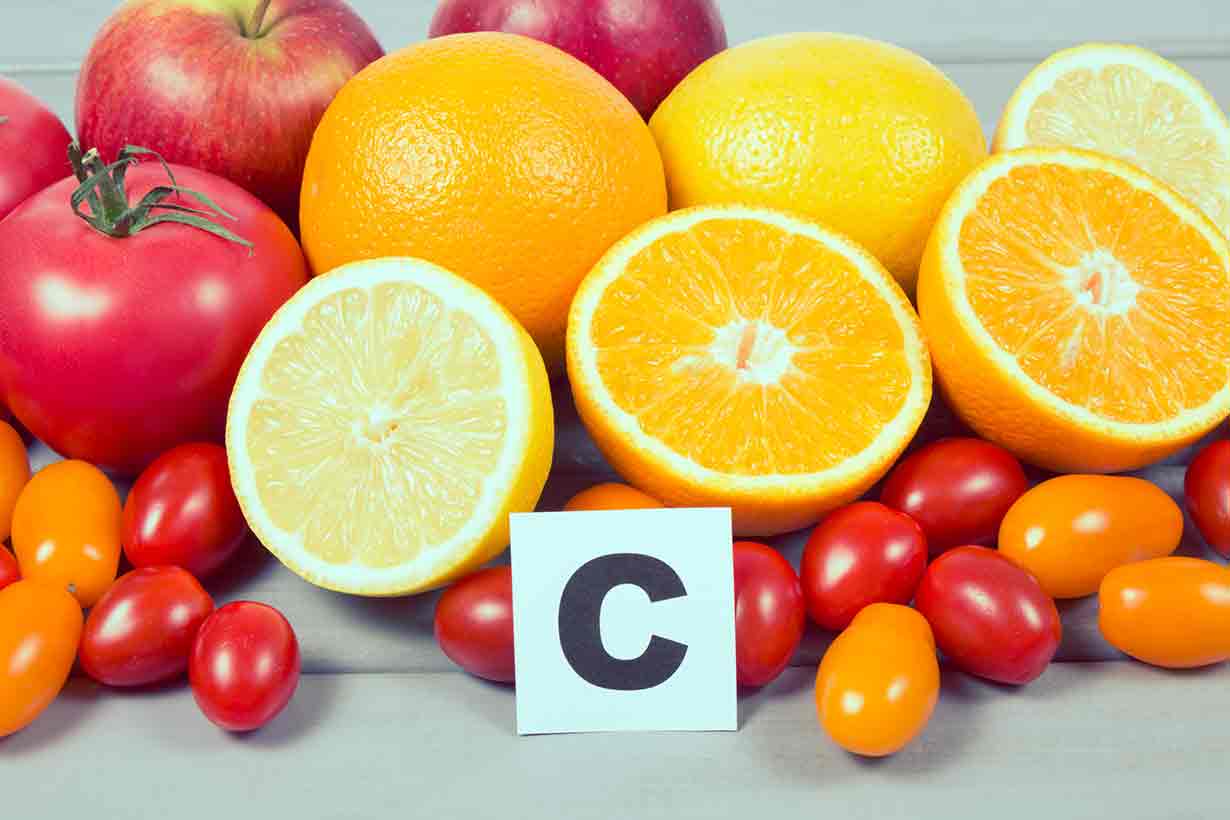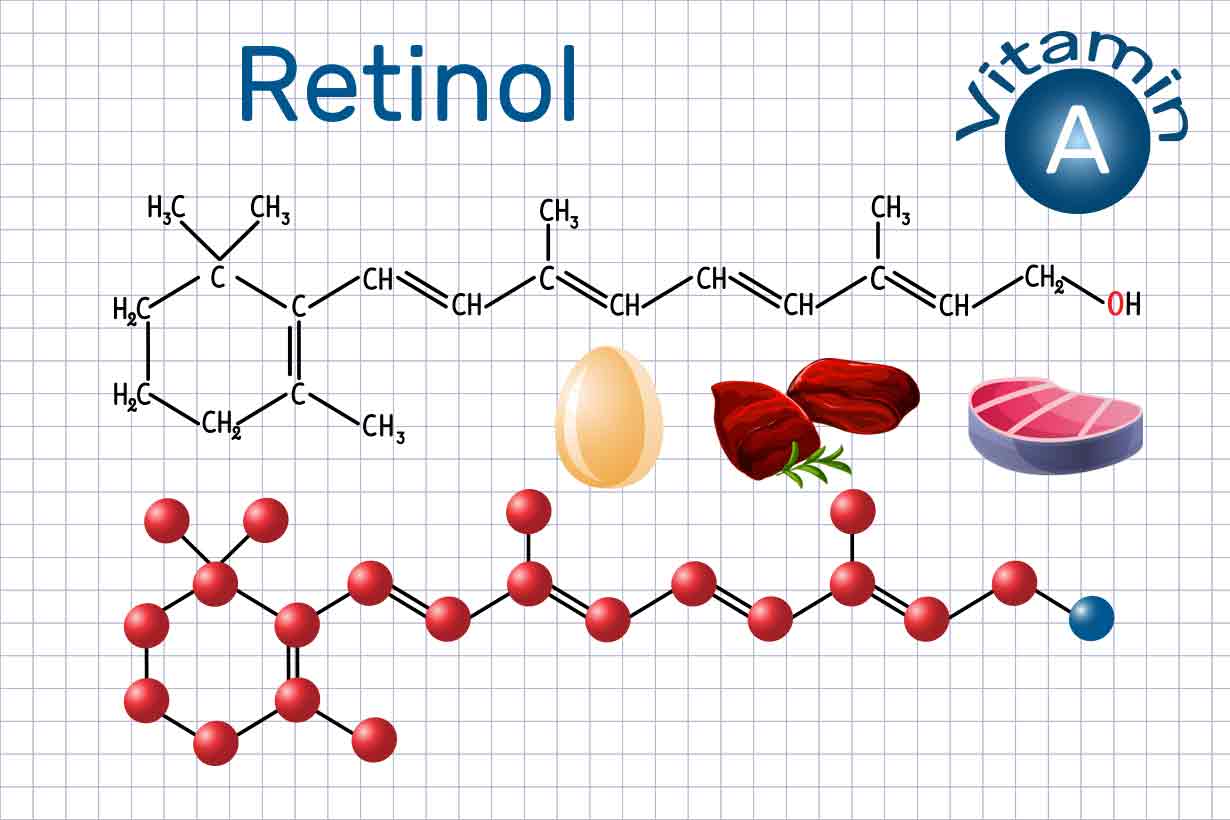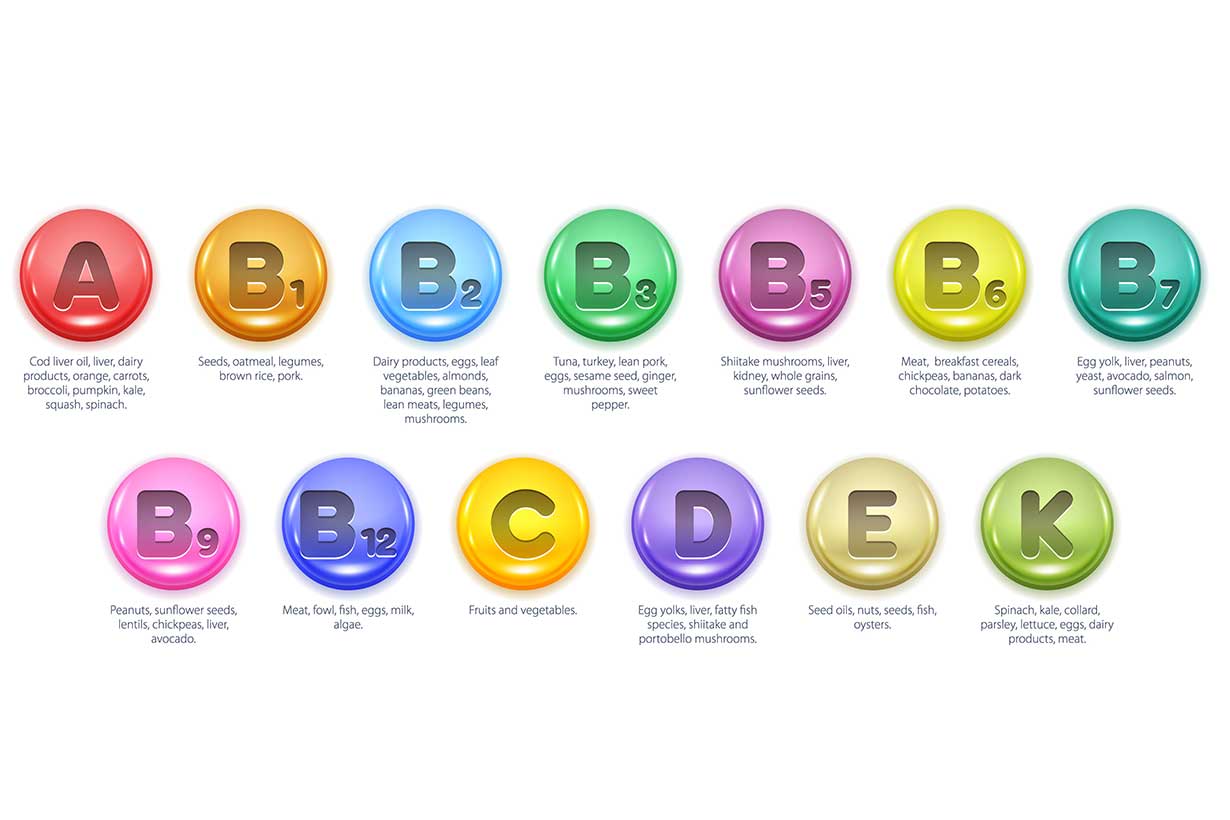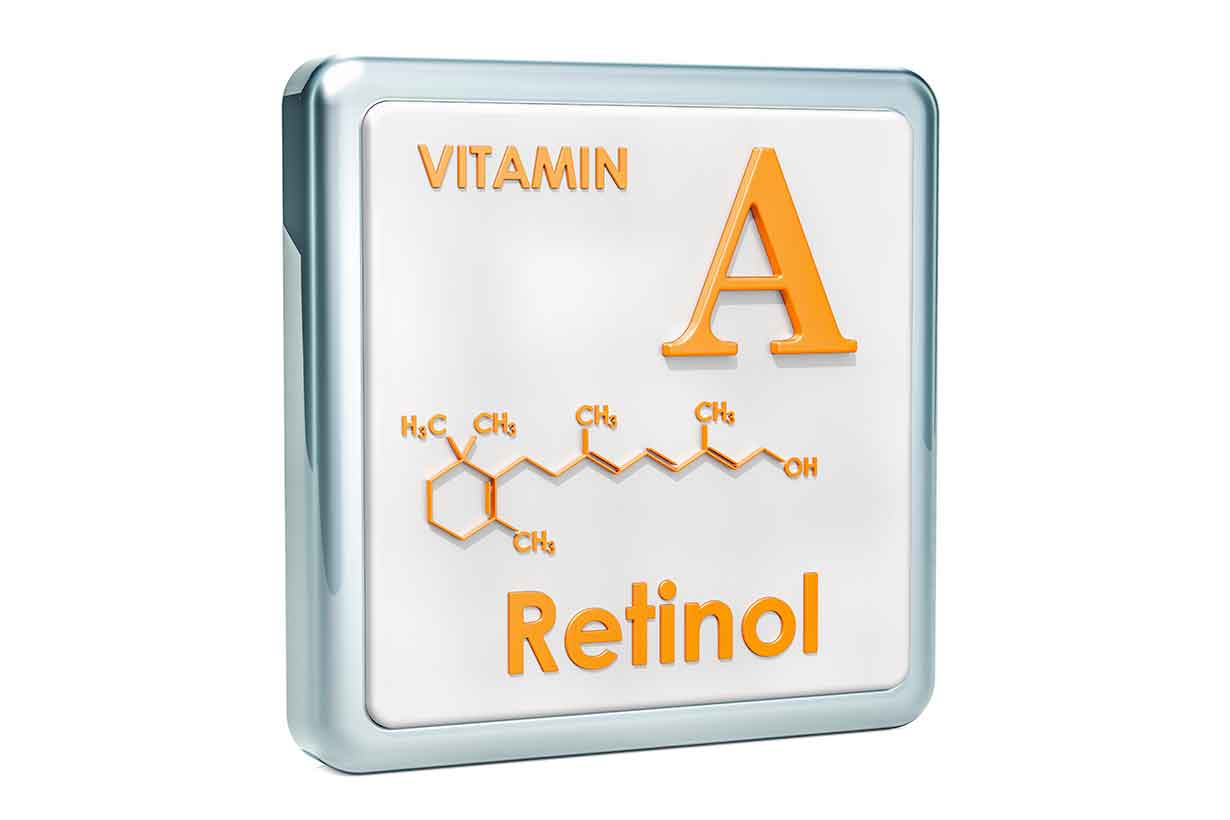Vitamin D: Functions, Health Benefits, and Research
Vitamin D is a hormone that is essential for human health.
This critical nutrient has many vital roles within the body, and we can obtain it from either sunlight, food, or supplements.
In this article, we examine the various functions and benefits of vitamin D, how much we require, and the best ways to get it.
What Is Vitamin D?

Vitamin D is a fat-soluble vitamin, but it is not the same as other vitamins for two main reasons (1);
- It can be synthesized in the skin following exposure to sunlight
- Vitamin D acts as a hormone within the body
Since we can synthesize vitamin D from sun exposure, dietary intake of the vitamin is not strictly required.
However, with insufficient sunlight exposure, dietary sources of the vitamin become necessary.
Vitamin D has several important functions within the body, but it is primarily known for its role in calcium homeostasis and promoting calcium absorption.
Hence, it is a vital nutrient for optimal bone health (2).
There are several different types of vitamin D. The two most important of these are vitamin D3 (cholecalciferol) and vitamin D2 (ergocalciferol).
We can obtain vitamin D3 either through exposure to sunlight or from dietary sources such as oily fish (or supplements).
In contrast, very few foods, other than mushrooms, contain vitamin D2, and it is primarily present in fortified foods and supplements (3).
For more information, see this evidence-based guide to the differences between D2 and D3.
Current research suggests that maintaining optimal vitamin D levels may have a positive impact on reducing the risk of several chronic diseases, including osteoporosis, certain cancers and cardiovascular disease (4).
How Much Vitamin D Do We Need?
The Food and Nutrition Board at the Institute of Medicine produced the recommended dietary allowances (RDAs) for vitamin D. These recommended intake levels vary depending upon age.
In the following table, we can see the recommended vitamin D intake levels for different age groups (3);
| Age Group | Recommended Intake |
|---|---|
| < 1 year | 10 mcg (400 IU) |
| 1-13 years | 15 mcg (600 IU) |
| 14-18 years | 15 mcg (600 IU) |
| 19-50 years | 15 mcg (600 IU) |
| 51-70 years | 15 mcg (600 IU) |
| 70 + | 20 mcg (800 IU) |
As shown, the recommendations are the same for anyone over the age of one and under the age of 70.
These recommended values remain the same during pregnancy and for breastfeeding mothers.
Vitamin D Functions and Health Benefits
As previously mentioned, vitamin D plays numerous crucial roles within the body.
Here are some of the functions of the vitamin and the potential benefits of maintaining adequate vitamin D levels.
Supports Bone Health By Increasing Calcium Levels
The primary role of vitamin D is to ensure sufficient blood levels of calcium, and it does this by (4, 5, 6, 7);
- Increasing the absorption of calcium within the small intestine.
- Promoting the reabsorption of calcium from renal tubes, thereby decreasing the rate of calcium excretion.
In other words; calcium is one of the key minerals for bone health, and vitamin D helps to ensure we have enough of it.
For this reason, vitamin D deficiency has strong associations with a range of bone disorders and diseases including;
- Rickets: vitamin D deficiency leads to rickets, a bone disease that occurs in children. This condition causes weakening of the bone and bone deformities such as bow legs (8).
- Osteomalacia: a severe and chronic lack of vitamin D can lead to osteomalacia, a bone disease that softens the bones and causes joint pain (9).
- Osteoporosis: chronic deficiency in vitamin D can lead to osteoporosis, a bone disease characterized by progressive loss of bone mass density (10).
Increases the Absorption of Magnesium and Phosphorus
In addition to increasing the intestinal absorption of calcium, vitamin D has a similar effect upon magnesium and phosphorus.
Firstly, research demonstrates that vitamin D may slightly increase the absorption of magnesium (11, 12, 13).
Vitamin D also plays a role in the metabolism of phosphorus by regulating intestinal absorption as well as increasing reabsorption of the mineral (14, 15).
Similar to calcium, magnesium, and phosphorus are also key minerals for bone health. For instance, these minerals are vital for the structural development and formation of bone (16, 17, 18).
Vitamin D Plays a Role In Cell Proliferation, Differentiation, and Apoptosis
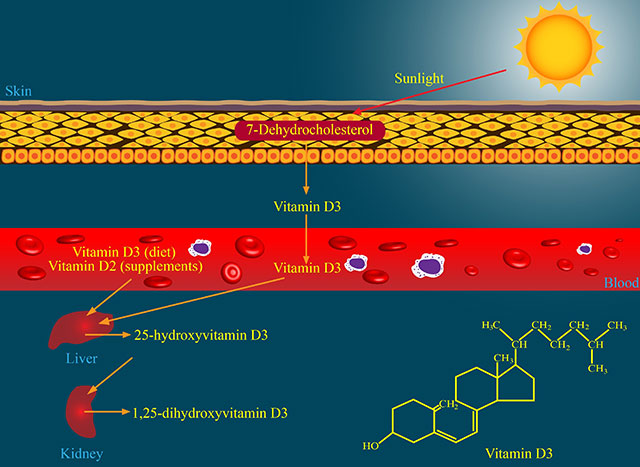
When we obtain vitamin D (cholecalciferol) from food or synthesis in the skin, this compound then undergoes two conversions within the body.
First of all, the liver converts cholecalciferol into a compound called calcidiol. After this, calcidiol undergoes further conversion to calcitriol in the kidney (19).
Calcitriol is the active metabolite of vitamin D, and it binds to vitamin D receptors (VDRs) in the body.
These VDRs are present in almost all cells and tissues, and here, vitamin D acts as a steroid hormone and influences various genes. The vitamin can modify the expression of—or activate or inactivate—these different genes (20, 21).
Among the different processes vitamin D can influence, it can modulate cell proliferation, differentiation, and apoptosis (22, 23).
In simple English, this means that vitamin D helps to control the lifecycle of a cell, and it can promote cell death (apoptosis). Cell death refers to the destruction of cells that we no longer require or that threaten to become harmful (such as cancer cells) (24).
Since vitamin D plays such an important role in these processes, it is thought that maintaining adequate vitamin D levels may hold importance for reducing cancer risk (25).
Enhances Immune Health
Vitamin D plays a central role within the immune system through its ability to modulate immune responses (26).
In this regard, research demonstrates that vitamin D can inhibit the production of various pro-inflammatory cytokines such as interleukin-6 (27, 28).
Further supporting the importance of vitamin D for a healthy immune system, vitamin D deficiency has strong links to a variety of inflammatory diseases (29, 30, 31).
For example, research suggests that vitamin D may protect against inflammatory bowel disease (IBD). Notably, about 30-40% of IBD sufferers have a vitamin D deficiency (32, 33).
On this note, a recent systematic review of eighteen randomized controlled trials showed that higher vitamin D status has benefits for reducing the remission rate of IBD (34).
Important For Muscle Function and Strength
An increasingly convincing amount of evidence suggests that vitamin D is important for muscular function.
In a systematic review of randomized controlled trials, vitamin D3 supplementation led to strength improvements ranging from 1.37 to 18.75% (35).
Additionally, a meta-analysis of eight randomized controlled trials on athletes found that vitamin D supplementation improved lower limb strength (36).
On the other hand, a further review of randomized controlled trials found mixed evidence for strength improvements. This review noted that while numerous trials show beneficial effects, others show lack of an effect (37).
However, the effect of vitamin D on muscle function is not only important for performance and strength.
For example, vitamin D deficiency is very strongly associated with weak muscles. Therefore, research shows that older adults with sufficient vitamin D levels are less likely to suffer from frailty and falls (38, 39).
May Potentially Reduce the Risk of Some Types of Cancer
As previously mentioned, vitamin D has vital roles in the immune system and apoptosis (cell death).
For these reasons, researchers believe that maintaining adequate vitamin D levels may have a protective effect against some cancers (40).
In this respect, a meta-analysis of twenty-nine case-control studies and four cohort studies recently analyzed the effect of vitamin D on breast cancer risk. This analysis found that high serum levels of vitamin D were protective against breast cancer (41).
Furthermore, various observational studies, meta-analyses, and randomized clinical trials suggest that higher plasma levels of vitamin D may have a protective effect against:
- Breast cancer (42, 43)
- Colorectal cancer (44, 45, 46, 47, 48)
- Pancreatic cancer (49, 50)
- Prostate cancer (51, 52, 53)
However, it is worth noting that not all research agrees.
For instance, some papers find no significant risk between vitamin D levels and reduced cancer risk (54, 55, 56, 57).
Also, a systematic review of thirty randomized clinical trials found no evidence that vitamin D supplementation reduced cancer incidence or mortality (58).
May Contribute To a Healthy Pregnancy
A wide range of high-quality evidence suggests that vitamin D can contribute to a healthier pregnancy.
In summary, here are some findings from high-level research papers:
- A systematic review of seventy-six studies found “modest evidence” that supported a link between higher vitamin D status and healthy birthweight and bone mass (59).
- Another systematic review of forty-three trials found evidence for prenatal vitamin D supplementation increasing mean birth weight, lowering the risk of small gestational age, and an increased infant height at 12 months of age (60).
- In a systematic review of 24 randomized clinical trials, vitamin D supplementation was associated with a lower risk of small gestational age and better infant growth (61).
- According to the World Health Organization, prenatal vitamin D supplementation reduces the risk of low birthweight, pre-eclampsia, and premature birth (62).
- In a Cochrane review of 22 trials, the authors concluded that vitamin D alone likely reduces the risk of pre-eclampsia, gestational diabetes, and low birthweight (63).
Sources of Vitamin D
The easiest way to get vitamin D is through sensible sun exposure.
According to several reputable institutions, the table below shows how much sunlight exposure we require for sufficient vitamin D.
| Institution | Sunlight Exposure Recommendation |
|---|---|
| Harvard School of Health | 10-15 minutes of sunlight on the arms and legs, a few times per week’ (64). |
| UK NHS | “Most people can make enough vitamin D from being out in the sun for short periods with their forearms, hands, or lower legs uncovered and without sunscreen” (65). |
| Vitamin D Council | Individualized recommendations based on skin color and location. See here for this guidance. |
However, it is important to emphasize sensible sun exposure. Sunburn has strong links to melanoma, the most serious form of skin cancer (66).
Dietary Sources
Some valuable food sources of vitamin D include;
- Eggs
- Milk
- Mushrooms
- Oily fish such as herring, mackerel, salmon, and sardines
For a full list of twenty foods high in vitamin D alongside the amounts they provide, see this guide here.
Supplements
Vitamin D3 is thought to be the most effective and bioavailable form of vitamin D supplement (67).
Too Much Vitamin D Can Be Harmful
Lastly, it is worth noting that excessive vitamin D levels can cause harm:
Serum vitamin D (25-hydroxyvitamin D) levels over 150 ng/ml (375 nmol/l) are a sign of vitamin D toxicity. Vitamin D toxicity, otherwise known as hypervitaminosis D, can result in dehydration, fatigue, muscle weakness, vomiting, and calcification of tissues (68, 69).
Vitamin D supplements are the most common cause of vitamin D toxicity (70).
For this reason, it is often recommended that individuals taking vitamin D supplements work with their doctor to ensure vitamin D levels in the healthy range.
Excessive sun exposure is not a concern for vitamin D toxicity due to a feedback loop that prevents the overproduction of vitamin D in the skin (71).
Tolerable Upper Intake Levels
As general guidance, the Food and Nutrition Board at the Institute of Medicine has published tolerable upper intake levels for vitamin D.
The table below shows these tolerable upper levels (72):
| Age Group | Upper Limit |
|---|---|
| 0-6 months | 25 mcg (1000 IU) |
| 7-12 months | 38 mcg (1500 IU) |
| 1-3 years | 63 mcg (2500 IU) |
| 4-8 years | 75 mcg (3000 IU) |
| 9-18 years | 100 mcg (4000 IU) |
| 19 + | 100 mcg (4000 IU) |
These tolerable upper intake level recommendations are the same for both genders.
Final Thoughts
Like all essential vitamins, vitamin D is critical for human health and has numerous vital roles within the body.
For those of us who live in a sunny climate, the easiest way to get sufficient vitamin D is through safe sun exposure.
In contrast, for those who live in colder and darker climates, foods such as oily fish can contain high concentrations of the vitamin.
Like many nutrients, it is crucial to ensure we have sufficient—but not excessive—levels of vitamin D.
For more on vitamins, see this guide to vitamin K2: a nutrient that has synergy with vitamin D.

